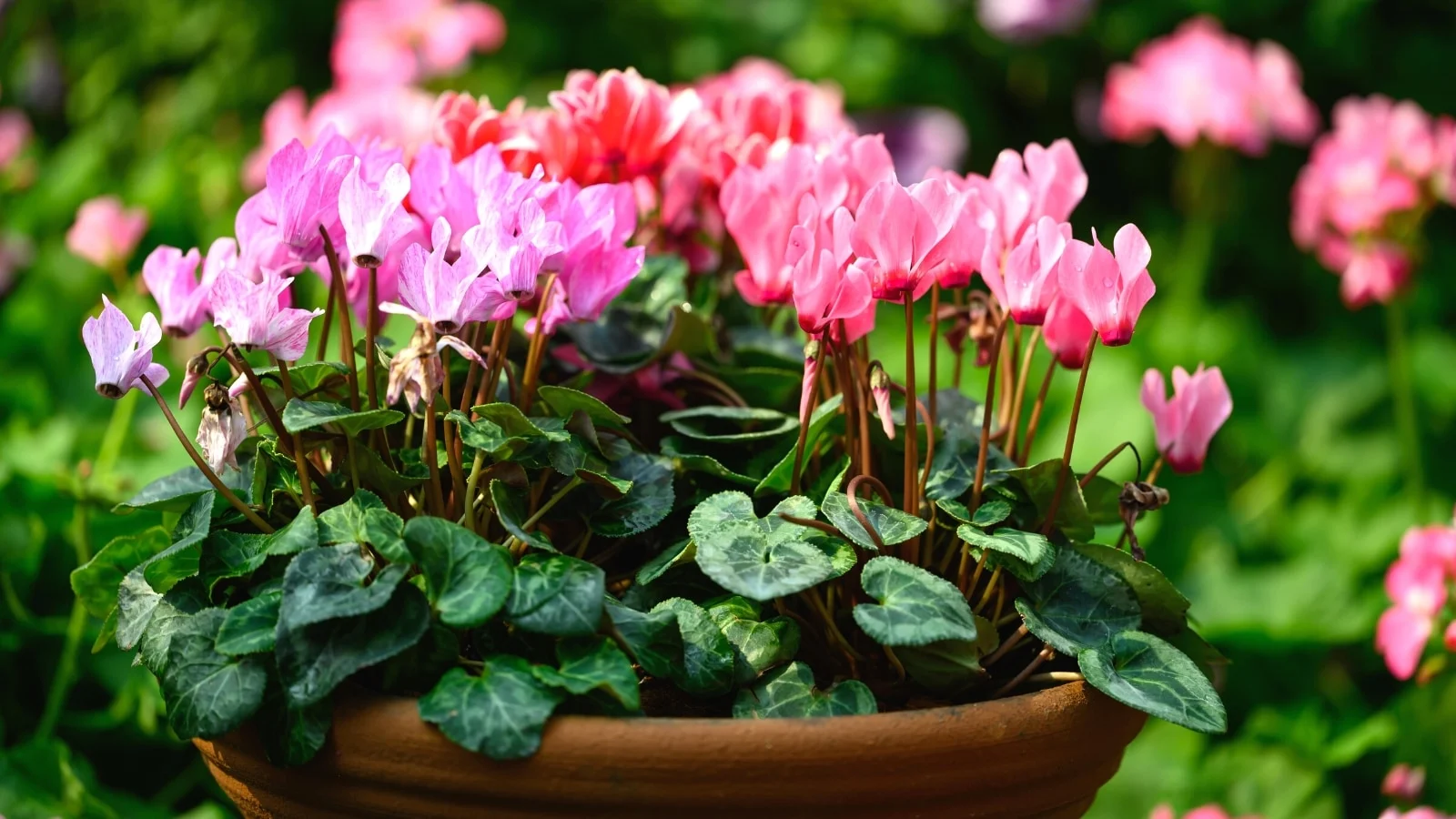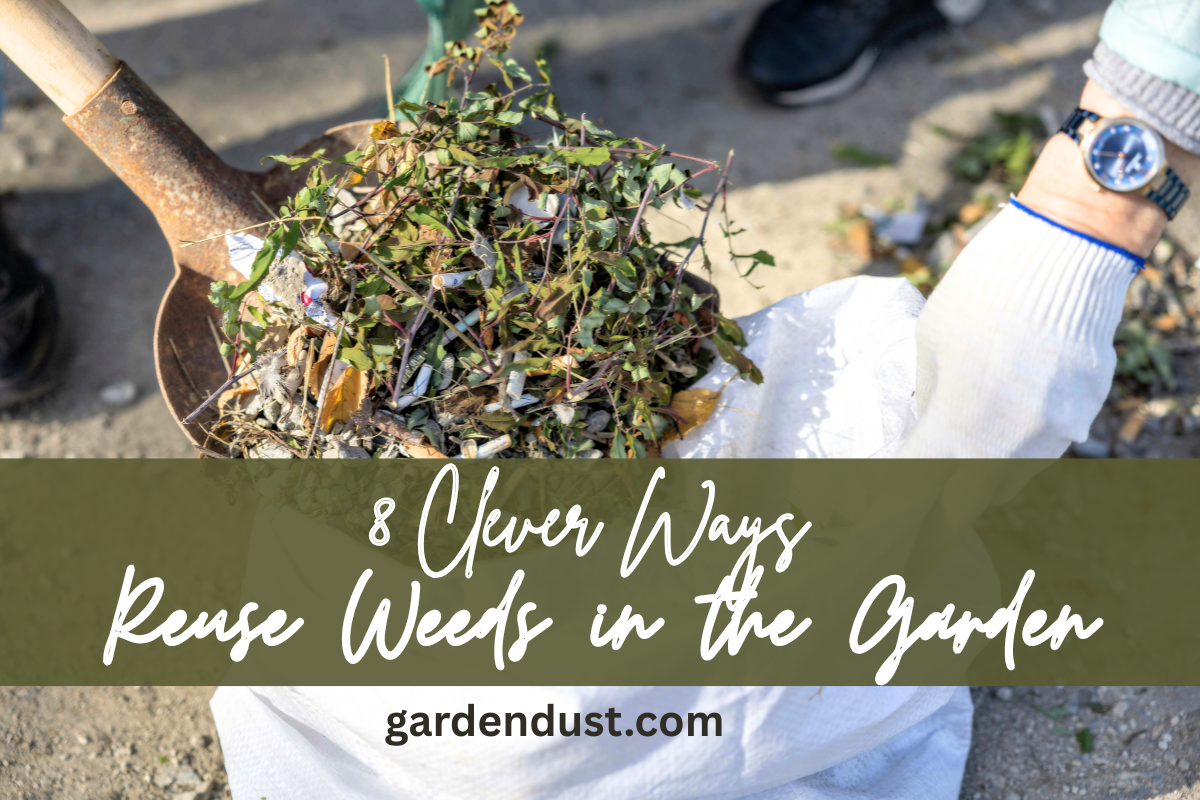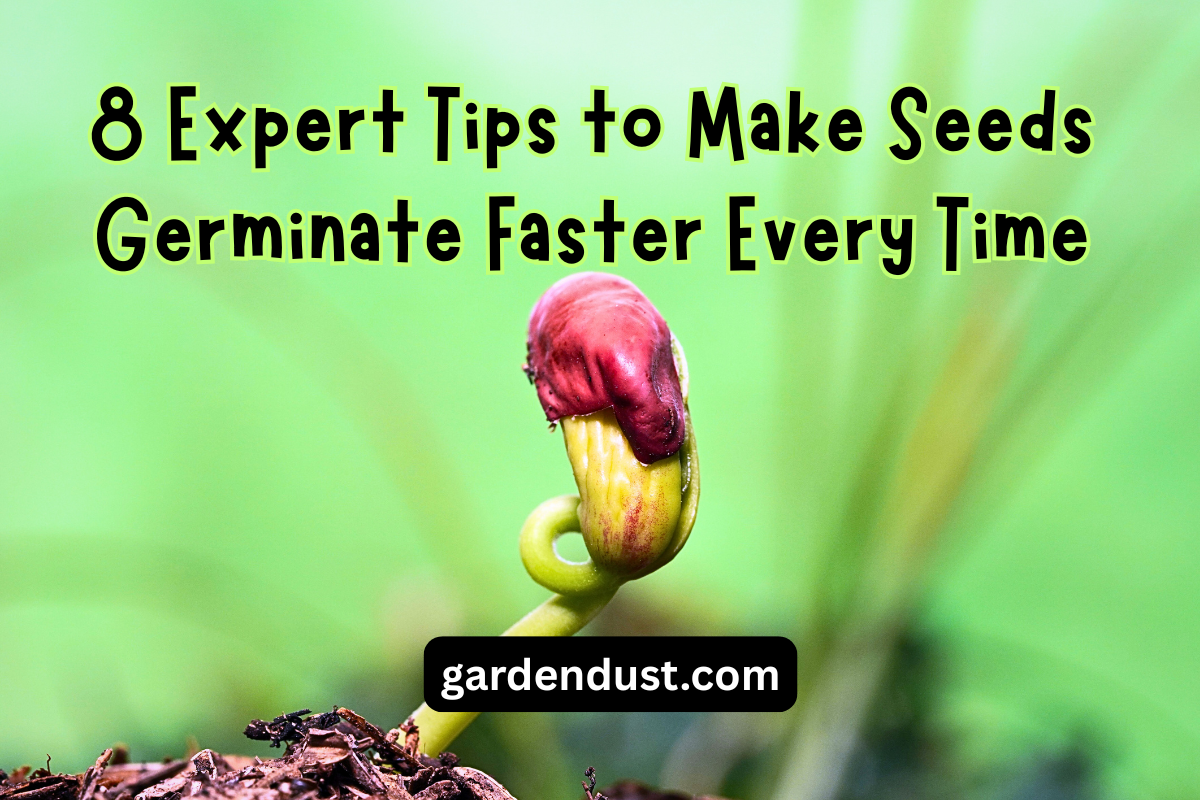Cyclamen: Plant Care & Growing Guide
A complete guide to growing these elegant flowering plants indoors and out

Introduction
Cyclamen are charming flowering plants known for their swept-back petals and attractive marbled foliage. These beauties shine when many other plants have stopped blooming, with most varieties flowering from autumn through spring. Whether grown as houseplants or in garden beds in suitable climates, cyclamen add elegant color during cooler months with minimal maintenance once you understand their unique growth cycle.
Cyclamen Varieties
Florist’s Cyclamen (Cyclamen persicum)
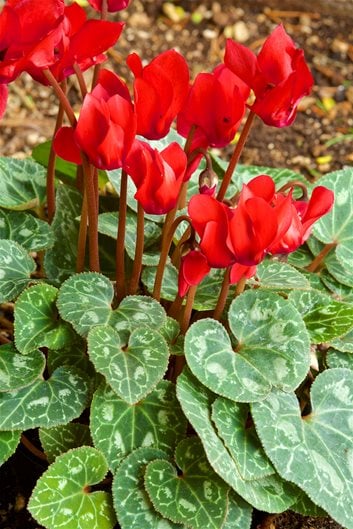
- Large, showy blooms in white, pink, red, and purple
- Mostly grown as indoor plants
- Less cold-hardy (USDA zones 9-11)
- Larger leaves with distinctive silver marbling
- Typically bloom from late fall to early spring
Hardy Cyclamen
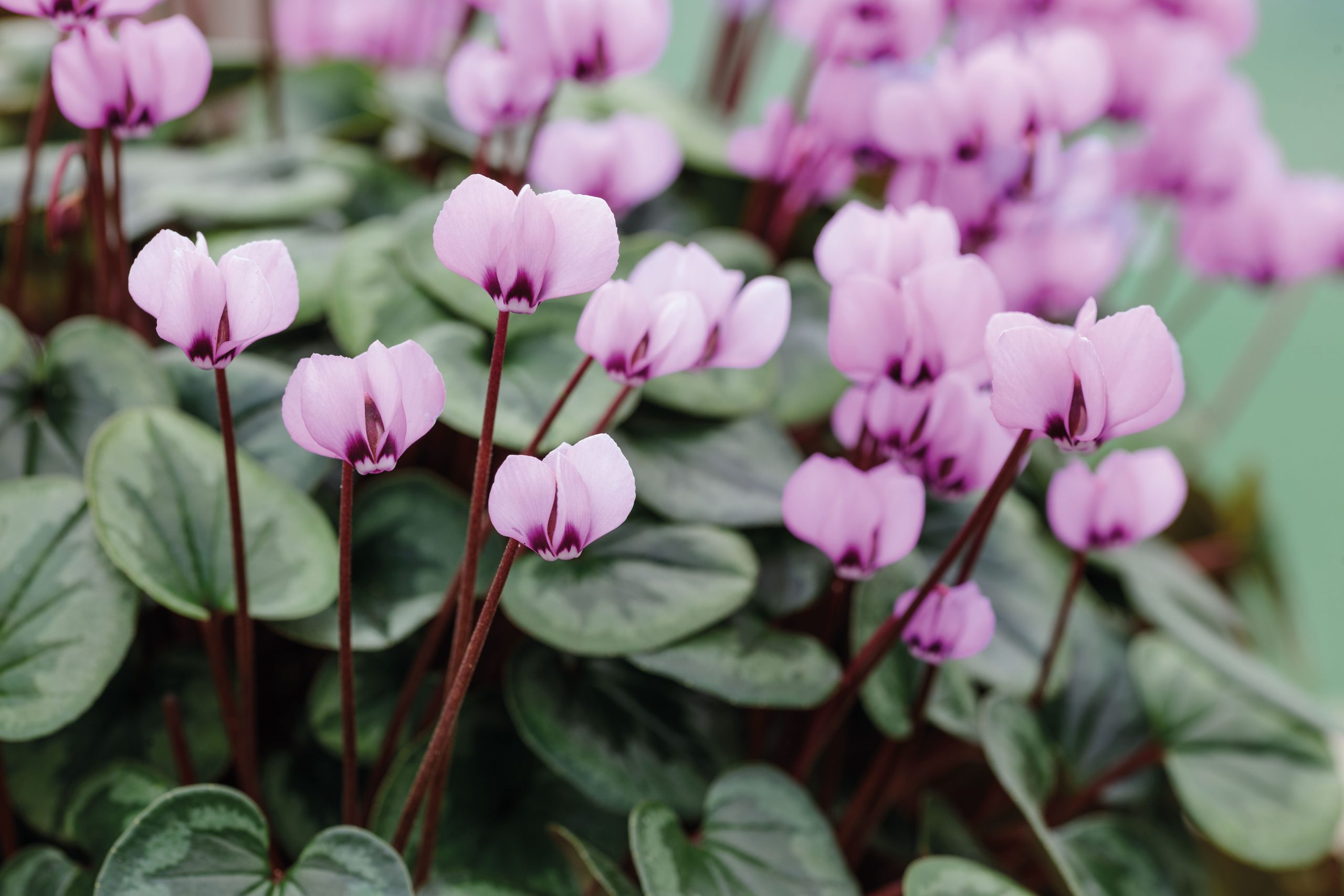
- Cyclamen hederifolium – Fall-blooming with ivy-shaped leaves
- Cyclamen coum – Winter/early spring bloomer with rounded leaves
- Cyclamen purpurascens – Summer-flowering with fragranced flowers
- Hardy in USDA zones 5-9 (depending on species)
- Smaller than florist varieties but more cold-resistant
Growing Conditions
Light Requirements
Indoor: Bright, indirect light. Avoid direct sunlight.
Outdoor: Partial to full shade, especially in hotter climates.
Ideal placement: East or north-facing windows for indoor plants.
Temperature
Ideal: 50-65°F (10-18°C)
Avoid: Temperatures above 70°F (21°C)
Warning: Protect from freezing temperatures
Cool temperatures prolong flowering period.
Soil Requirements
Drainage: Well-draining soil is essential
Potting: High-quality mix with added perlite
pH: Slightly acidic to neutral (6.0-7.0)
Poor drainage leads to root rot – a common cause of failure.
Watering Guide
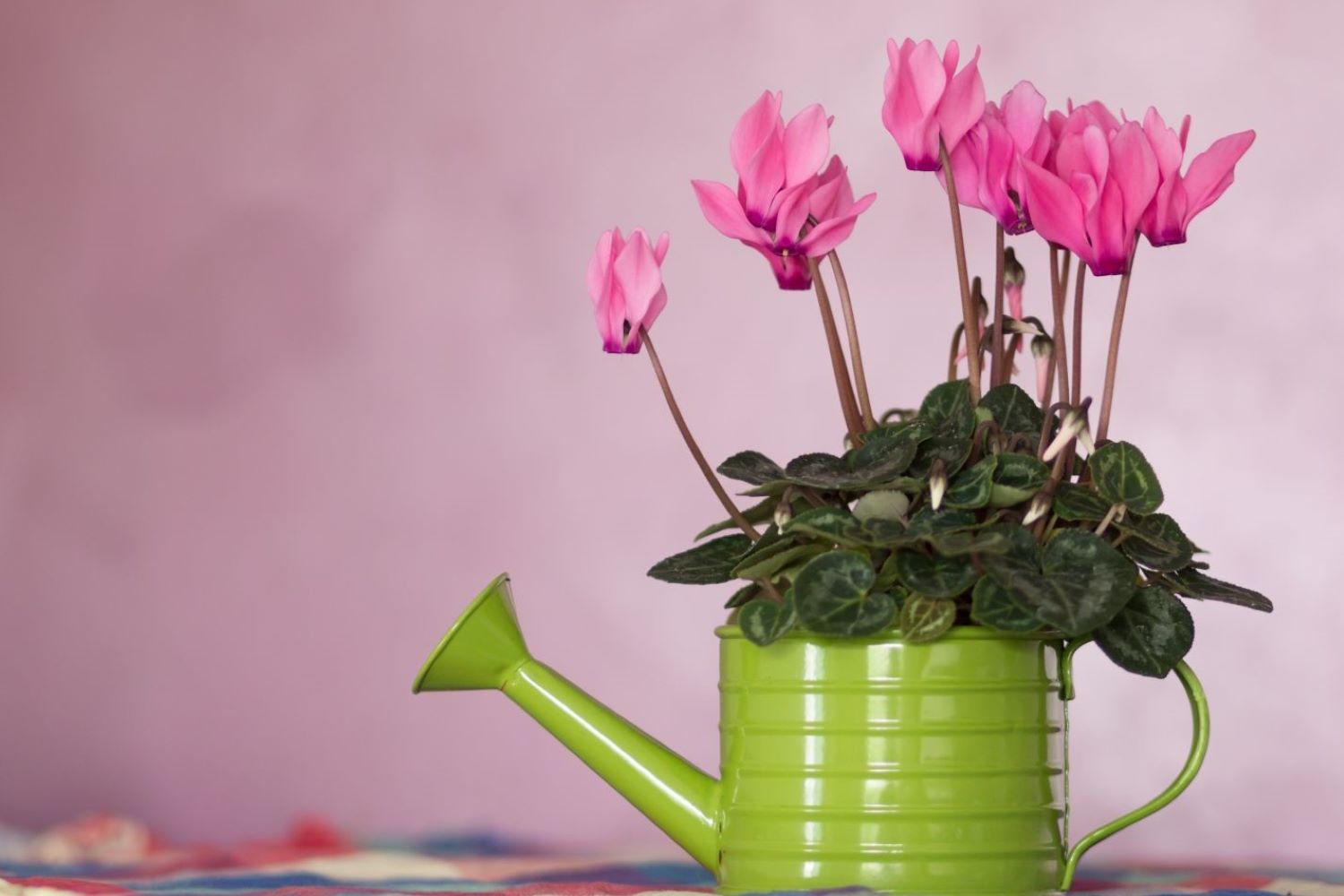
The Right Way to Water
DO:
- Water from below when possible (place pot in saucer of water)
- Allow soil to slightly dry between waterings
- Water around the edges of the pot if top-watering
- Adjust watering based on season (more when actively growing)
DON’T:
- Water the crown or center of the plant (can cause rot)
- Keep soil constantly wet
- Allow plants to sit in standing water
- Water with very cold water
Pro Tip: Cyclamen prefer humidity but not wet foliage. Place the pot on a tray with pebbles and water to increase humidity without wetting the leaves.
Fertilizing Schedule
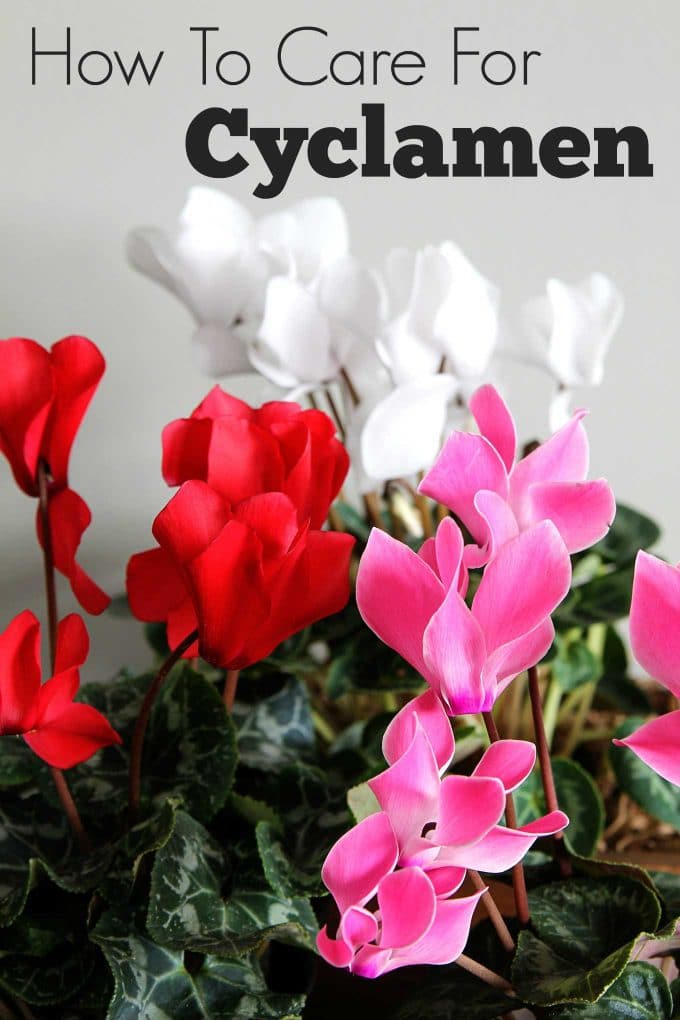
What to Use
Use a balanced, water-soluble fertilizer diluted to half-strength (10-10-10 or similar).
When to Feed
Feed every 2-4 weeks during active growth (fall through spring).
When to Stop
Stop fertilizing when the plant begins to go dormant (typically late spring).
When to Resume
Resume feeding when new growth appears after dormancy (usually late summer or early fall).
Note: Over-fertilizing can damage cyclamen. It’s better to under-fertilize than over-fertilize.
Understanding Dormancy
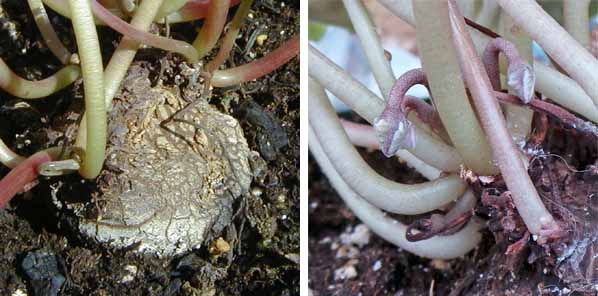
A cyclamen tuber during dormancy period
Signs of Dormancy
- Flowers fade and stop producing
- Leaves begin to yellow and wither
- Plant appears to be dying (but is actually entering a rest period)
Dormancy Care Steps
- 1 Reduce watering gradually when leaves begin to yellow (typically late spring)
- 2 Stop fertilizing completely during dormancy
- 3 Store in a cool, dark place (55-60°F/13-16°C) with good air circulation
- 4 Keep slightly dry during dormancy (not bone dry – occasional very light watering)
- 5 Resume normal care when new growth appears in late summer/early fall
Did you know? Many gardeners mistakenly discard cyclamen when they enter dormancy, thinking the plant has died. Dormancy typically lasts 2-3 months but can vary by species.
Propagation Methods
Division of Tubers
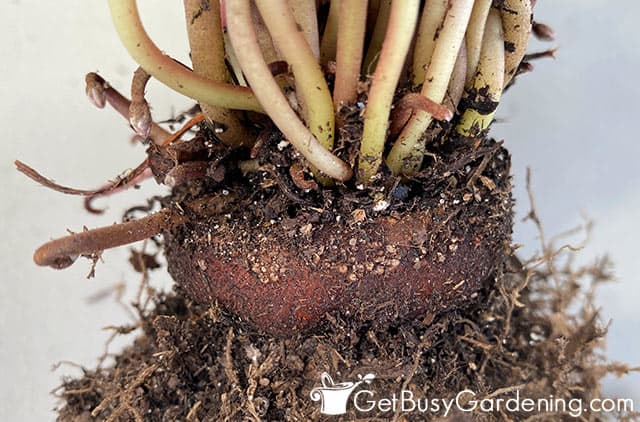
- Best done during dormancy
- Carefully divide large tubers with a sharp, clean knife
- Ensure each division has at least one growth point
- Allow cut surfaces to callus before replanting
- Plant with the top of the tuber slightly exposed
Seed Propagation
- Collect seeds when seed pods coil and twist
- Soak seeds overnight before planting
- Sow in well-draining seed-starting mix
- Maintain consistent moisture and temperature (around 65°F/18°C)
- Germination can take 30-60 days
- Seedlings may take 15-24 months to reach flowering size
Common Pests & Diseases
Pests
Cyclamen Mites
Signs: Deformed growth and discolored leaves
Control: Isolate affected plants, treat with insecticidal soap or miticide
Spider Mites
Signs: Fine webbing and stippled leaves
Control: Increase humidity, use insecticidal soap or neem oil
Aphids
Signs: Cluster on new growth and flower buds
Control: Wash off with water spray, apply insecticidal soap
Diseases
Botrytis (Gray Mold)
Signs: Fuzzy gray growth on flowers and leaves
Prevention: Improve air circulation, avoid overhead watering
Treatment: Remove affected parts, apply fungicide
Root Rot
Signs: Wilting despite moist soil, yellowing leaves
Prevention: Well-draining soil, proper watering technique
Treatment: Repot in fresh soil if caught early
Fusarium Wilt
Signs: Yellowing, wilting despite adequate moisture
Prevention: Use sterile potting media, clean tools
Treatment: Usually fatal; discard affected plants
Prevention is key! Most cyclamen problems can be prevented with proper watering, good air circulation, and appropriate growing conditions. Regular inspection helps catch issues early.
Seasonal Care Calendar
Fall (Sep-Nov)
Resume regular watering as new growth appears
Begin fertilizing when actively growing
Place in bright, indirect light
Enjoy first blooms
Peak activity period begins!
Winter (Dec-Feb)
Maintain cool temperatures for prolonged flowering
Water consistently but avoid overwatering
Continue light fertilizing
Peak blooming season
Keep away from heaters and radiators!
Spring (Mar-May)
Blooming may slow or stop
Foliage begins to yellow (natural dormancy approaching)
Gradually reduce watering
Stop fertilizing as dormancy approaches
Plant is preparing for dormancy
Summer (Jun-Aug)
Dormancy period
Store in cool, dark place
Minimal watering (just enough to prevent complete drying)
Repot if needed before new growth begins
Rest period – don’t discard your plant!
Troubleshooting Common Issues
| Problem | Possible Causes | Solution |
|---|---|---|
|
Yellowing Leaves
|
Natural dormancy, overwatering, or too much heat | Check season (may be normal), adjust watering, move to cooler location |
|
Few or No Flowers
|
Insufficient light, improper temperatures, or young plant | Provide brighter indirect light, maintain cool temperatures, be patient with young plants |
|
Drooping Flowers and Leaves
|
Underwatering, overwatering, or temperature extremes | Check soil moisture and adjust, move away from drafts or heat sources |
|
Spotted or Curling Leaves
|
Pests, disease, or low humidity | Inspect for pests, increase humidity, isolate from other plants |
Conclusion
With their elegant blooms and distinctive foliage, cyclamen bring color and charm to homes and gardens during the cooler months. By understanding their unique growth cycle—particularly their need for dormancy—you can enjoy these beautiful plants year after year.
Whether you choose the showier florist varieties for indoor enjoyment or the hardier garden types for outdoor planting, cyclamen reward proper care with months of delightful flowers when many other plants are not in bloom.Happy Gardening….
Remember: What appears to be a dying plant in late spring is actually a cyclamen’s natural resting period. With patience through dormancy and proper care during the growing season, your cyclamen can thrive for many years, multiplying and providing ever more blooms each season.
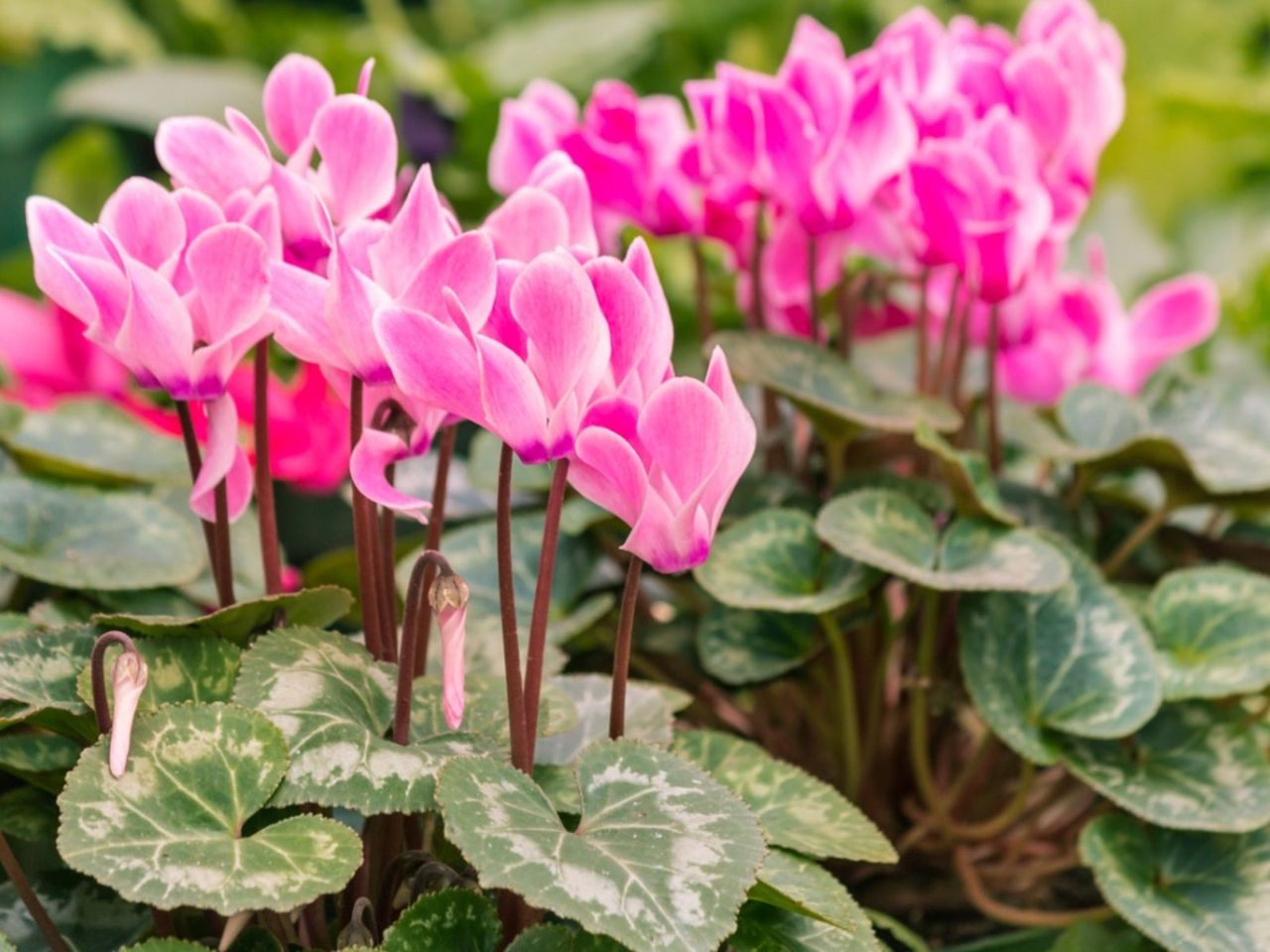
© 2025 Cyclamen Care Guide • Created with 💖 for plant lovers

